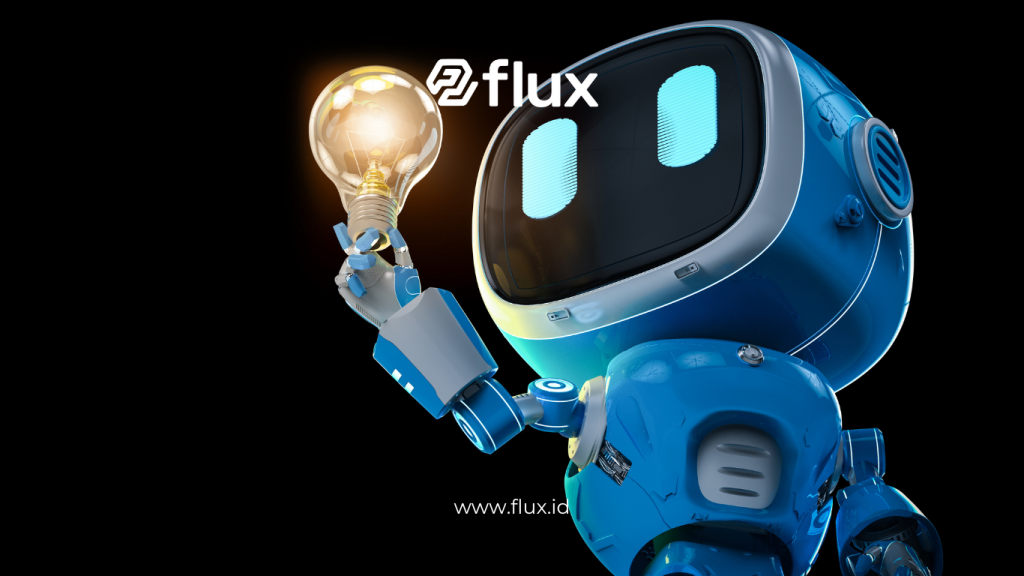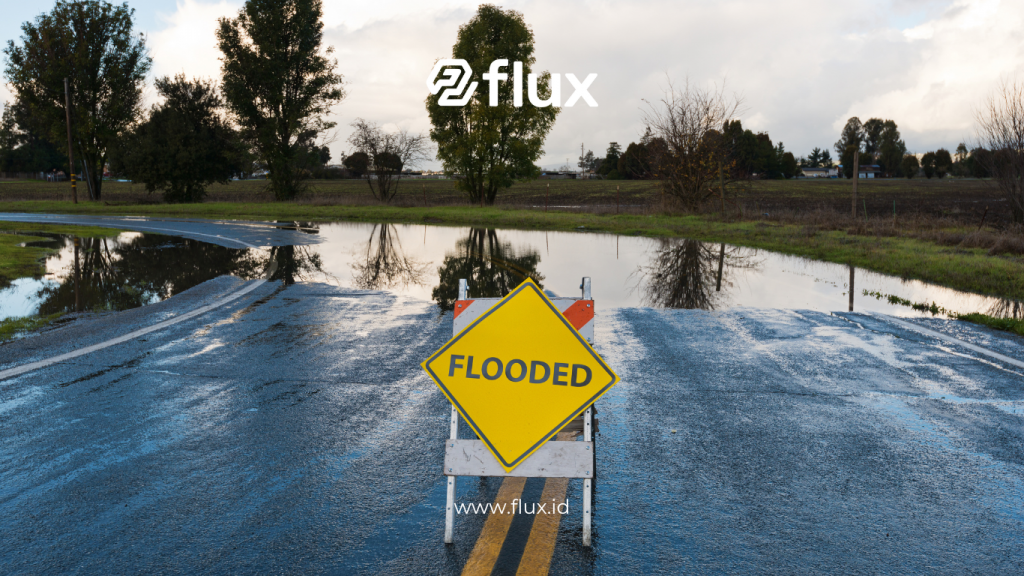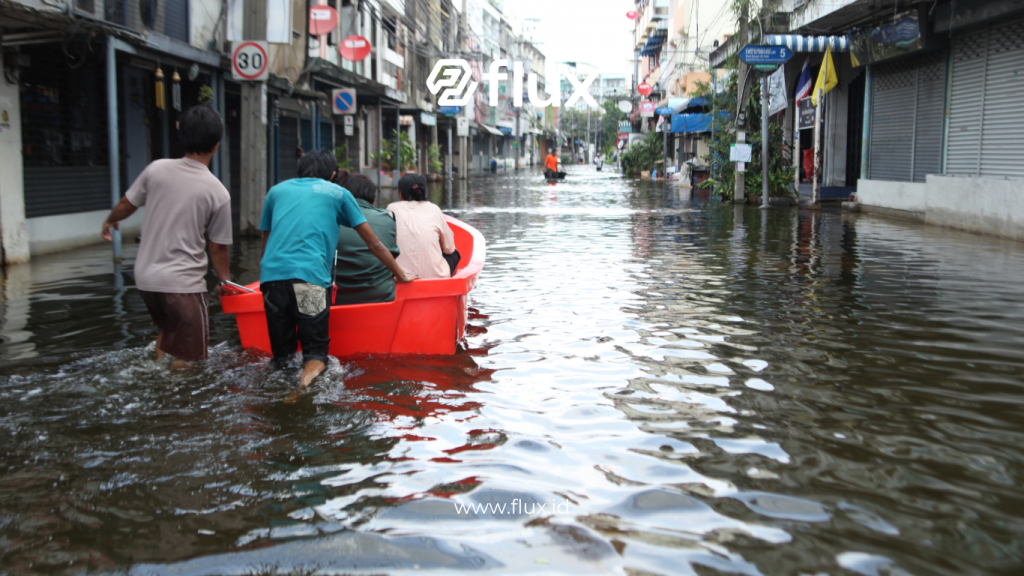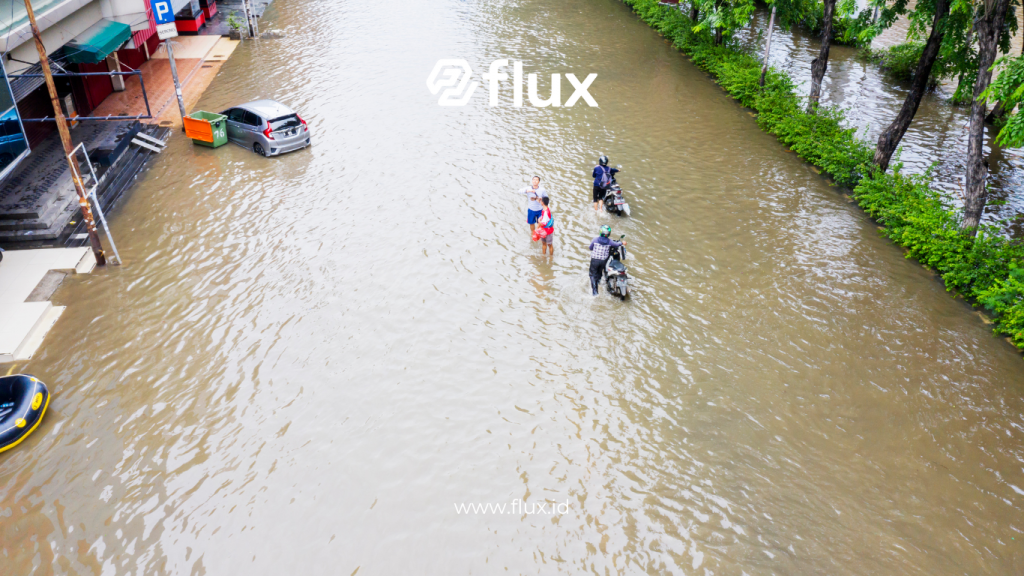Don't miss our holiday offer - 20% OFF!
Floods are an increasingly significant threat due to climate change and urbanization. Modern technology, such as the Internet of Things (IoT), offers innovative solutions to flood monitoring with greater accuracy. This article explores how IoT sensors contribute to flood risk management, the technology behind them, and their benefits to society.
Contents
- 1 What Are IoT Sensors and How Do They Work?
- 2 IoT Technologies for Flood Monitoring
- 3 Advantages of Using IoT Sensors for Flood Monitoring
- 4 Real-World Applications
- 5 Challenges and Solutions in IoT Technology Integration
- 6 Benefits for Communities and Governments
- 7 The Future of Flood Monitoring with IoT Technology
- 8 Conclusion
What Are IoT Sensors and How Do They Work?

Read More: Pressure Sensors: Unveiling Advanced Flood Monitoring Secrets
Definition of IoT Sensors
IoT sensors are devices capable of collecting real-time environmental data and transmitting it via the internet. In the context of floods, these sensors monitor parameters such as:
- Water level.
- Rainfall intensity.
- Soil moisture.
- Water flow speed.
How IoT Sensors Work
- Data Collection: Sensors measure environmental parameters.
- Data Transmission: Data is sent to the cloud via IoT networks.
- Analysis: The system analyzes the data to detect flood risks.
- Alerts: The analysis results are used to send early warnings to stakeholders.
IoT Technologies for Flood Monitoring

Read More: Flood Weather Sensor: Advanced for Prediction and Mitigation
1. Ultrasonic Sensors
Measure water levels using sound waves, ideal for monitoring rivers or reservoirs.
2. Pressure Sensors
Detect changes in water pressure to predict rising water levels.
3. Weather Sensors
Monitor rainfall and humidity to identify potential flash floods.
4. IoT Network Technologies
- LoRaWAN: Supports long-range data transmission.
- 5G: Provides high-speed data for real-time processing.
Advantages of Using IoT Sensors for Flood Monitoring
1. Early Warning
Real-time data allows authorities to issue early warnings, saving lives.
2. Efficient Monitoring
IoT sensors operate 24/7, reducing the need for manual field monitoring.
3. Enhanced Data Accuracy
Collected data can be processed using artificial intelligence (AI) to predict flood patterns with high precision.
4. Cost Savings
Although initial investment in this technology is significant, it offsets costs related to flood mitigation.
Real-World Applications

Read More: Flood Anticipation with IoT, Direct Monitoring from Smartphone
Case Study: Flood Monitoring System in Jakarta
Jakarta has integrated IoT sensors to monitor waterways and rivers. This system has proven effective in providing early warnings during the rainy season.
Global Applications
- Netherlands: Uses IoT to manage sea flood risks.
- India: Implements rainfall sensors in areas prone to flash floods.
Challenges and Solutions in IoT Technology Integration
Challenges
- Implementation Costs: IoT infrastructure requires significant investment.
- Network Connectivity: Remote areas may face connectivity issues.
- Data Reliability: Sensors can be affected by extreme weather conditions.
Solutions
- Public-Private Partnerships: Share implementation costs.
- Satellite Connectivity: For areas with limited network access.
- Weather-Resistant Sensors: Develop durable devices for harsh conditions.
Benefits for Communities and Governments

Read More: Decoding Pressure Sensors for Flood Prediction and Mitigation
For Communities
- Increased safety through early warnings.
- Reduced property damage.
For Governments
- Efficient resource allocation during disasters.
- Historical data for better infrastructure planning.
The Future of Flood Monitoring with IoT Technology
In the future, IoT sensors will increasingly integrate with AI and big data systems, enabling more accurate predictions and faster responses. Global collaboration will also enhance flood mitigation capabilities worldwide.
Conclusion
Integrating IoT sensors for flood prediction and monitoring is a vital step in addressing the challenges of climate change. This technology enables real-time data collection, precise analysis, and early warnings, all of which contribute to flood risk mitigation. With proper implementation, IoT sensors not only protect lives but also support sustainable development.





